Strategies for Multiple Disabilities
Below are posts related to Multiple Disabilities strategies.
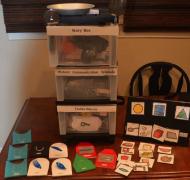 |
Pancakes, Crackers, and Pizza: Story Box and More!Tips to make early literacy book Pancakes, Crackers, and Pizza accessible to young children who are blind or visually impaired, using storybox, picture and tactile symbols |
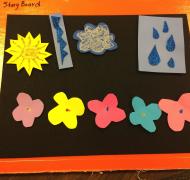 |
Storyboard for CVI or Braille LearnersCreate your own storyboard for spring for students with CVI or braille readers |
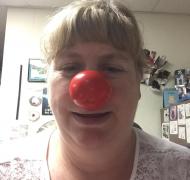 |
Red Nose DayEncourage students with low vision, CVI or multiple disabilities to look at you by wearing a red nose! |
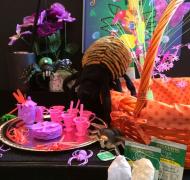 |
Making Miss Spider's Tea Party Accessible to Students with Visual ImpairmentsMake picture books accessible to children who are blind or visually impaired with storyboxes, picture symbols, tactile symbols, and a talking powerpoint book. |
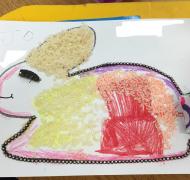 |
Alternate Solution to Coloring for Children with Low VisionTextured materials and collage offer an alternate way for students with low vision to participate in coloring or other art activities. |
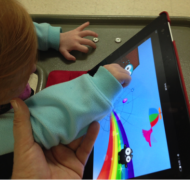 |
Add an iPad to your FVA / Learning Media Assessment Kit14 tips to use an iPad as part of the Functional Vision Assessment and Learning Media Assessment Kit (FVA/LMA) for young children with visual impairments or multiple disabilities. |
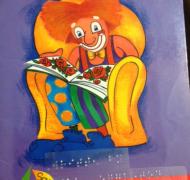 |
Modifying a Classroom Book Used for Guided Reading in an Inclusive SettingTips to make regular classroom books accessible to children who are blind or deafblind, with braille and tactile symbols |
|
|
Colorful Eggs: Tactile Book for Beginning Braille ReadersCreate your own tactile book for Easter using braille and tactual materials for children who are blind, visually impaired, deafblind or with multiple disabilities |
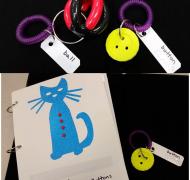 |
Making Choices with ObjectsTips to help children with multiple disabilities make choices using real objects |
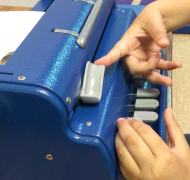 |
Establishing Good Habits on the BraillewriterVideo demonstration of beginning braille students learning to move carriage and space down |
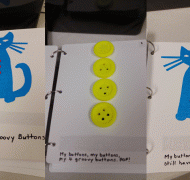 |
Adapted Pete the Cat and His Four Groovy ButtonsAdapt Pete the Cat book with braille and tactile graphics for children who are blind or visually impaired. |
|
|
Textures Song and Position BoardTeach students who are blind with multiple disabilities about texture using this song and position board. |
|
|
Accessible Fridge Magnets = Accessible Artwork DisplayAdd braille to refrigerator magnets to make them accessible to ALL children! |
|
|
Tactile Exploration of Food TexturesExploring different food textures can be a fun way to expose students with visual impairments to a variety of tactile experience. |
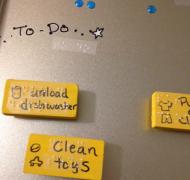 |
Accessible Job Chart for the HomeCreate an accessible job chart at home using braille, objects and print! |
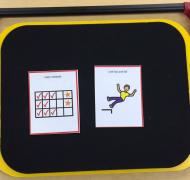 |
Cause and Effect Activity for Students with Low VisionThis activity for students with low vision and additional disabilities uses picture cards to work on an understanding of cause and effect. |
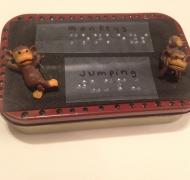 |
5 Little Monkeys Jumping on the Bed: Mini-Storybox FunDIY mini-storybox made from an Altoids container for children who are blind or visually impaired. Use braille to tell story of Five Little Monkeys. |
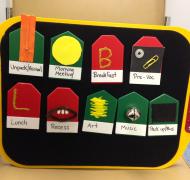 |
Tactile Schedule for Students with Visual Impairments and Multiple DisabilitiesTips to set up a daily tactile schedule for students with CVI, or visual impairments and multiple disabilities |
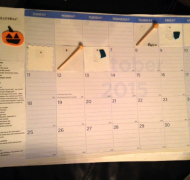 |
Monthly Tactile CalendarLearn how to create a monthly tactile calendar for children who are blind, visually impaired or deafblind |
|
|
Adapting Puzzles for Students with Multiple ImpairmentsTips to adapt puzzle pieces for children with multiple disabilities |
